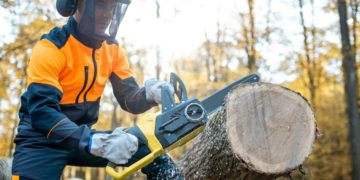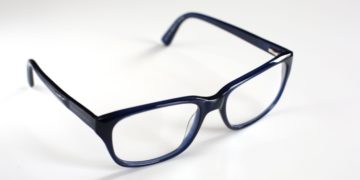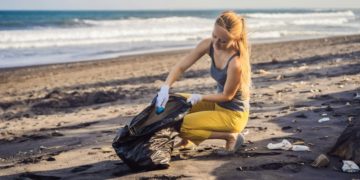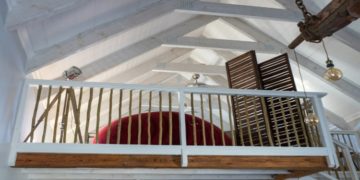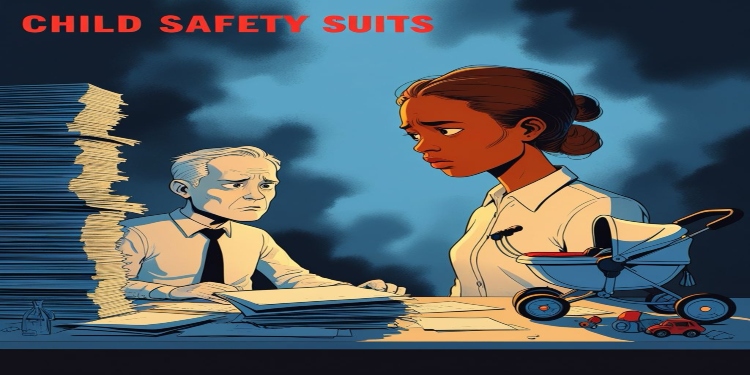Short-term rentals and residential properties have become central to modern living and travel. However, as families bring children into spaces not designed—or maintained—with child safety in mind, a growing number of injury lawsuits are being filed against landlords and Airbnb hosts. These suits don’t just center around typical slip-and-fall incidents, but increasingly involve serious injuries or fatalities caused by unsecured pools, exposed wiring, broken staircases, or toxic exposures like lead or mold.
Parents are seeking legal accountability when injuries occur due to preventable hazards, especially in homes and vacation rentals that fail to meet basic safety standards. The legal landscape is shifting to reflect these growing concerns, and the responsibilities of property owners are expanding accordingly. A skilled Raleigh personal injury lawyer can help families navigate the complexities of these claims and determine when a landlord or host’s negligence rises to the level of legal liability.
The Legal Duty to Maintain a Safe Property
Both traditional landlords and short-term rental hosts owe a duty of care to those who use their property. That duty includes keeping the space reasonably safe and addressing known hazards promptly. In child safety cases, this duty often requires taking additional steps to prevent foreseeable harm, particularly because children are more vulnerable and less able to recognize danger.
Failure to take precautions—like installing childproof locks, securing balconies, or properly fencing in a pool—can result in severe injuries. When landlords or hosts neglect these responsibilities, they may be found liable for damages stemming from their inaction or poor maintenance.
Common Hazards Leading to Child Injuries
Child injury cases often arise from preventable hazards that result from negligence or a failure to anticipate risks. These dangers are especially problematic in environments labeled as safe for families. Below are some of the most common causes:
- Unsecured Furniture: Dressers, bookshelves, or TVs that can tip over pose a serious risk to small children.
- Loose Stair Railings: Weak or unstable handrails can lead to falls, especially in multi-level homes.
- Unrestricted Pool or Hot Tub Access: Lack of proper fencing, locked gates, or pool covers increases the risk of drowning.
- Faulty Window Screens: Screens that give way easily may lead to falls from elevated windows.
- Accessible Cleaning Chemicals: Toxic substances stored within a child’s reach can lead to accidental poisoning.
- Exposed Electrical Outlets: Uncovered outlets are a well-known but often overlooked safety hazard.
In vacation rentals, particularly on platforms like Airbnb, the risks are compounded when hosts market a property as “family friendly” without implementing proper childproofing. Courts may interpret this as a misrepresentation, increasing the host’s liability when preventable injuries occur.
Short-Term Rentals and the Unique Challenge of Responsibility
Unlike traditional rental properties, short-term rentals often involve multiple layers of oversight—or a lack thereof. While platforms like Airbnb provide some basic guidelines and disclaimers, the actual safety standards vary widely from one property to the next. Many hosts are private individuals who don’t follow the same regulations as hotels or licensed landlords.
This ambiguity can make it harder for injured parties to know who is responsible: the host, the property management company, the platform, or a third-party contractor. Legal claims often require thorough investigation to determine whether negligence occurred and which party can be held accountable under premises liability or negligent misrepresentation theories.
How Courts View Child Safety Claims
Courts tend to view child injury cases with heightened scrutiny, especially when the environment in question is advertised as safe or family-friendly. While property owners are not expected to eliminate all risk, they are expected to act reasonably in preventing foreseeable dangers. The younger the child and the more obvious the hazard, the stronger the legal case tends to be.
Judges and juries often look at factors such as prior complaints, maintenance history, building code violations, and safety representations made in rental listings. A property that claims to be suitable for families but lacks basic safeguards may face greater liability than one that clearly disclaims child safety.
Insurance Complications for Property Owners
One overlooked element of child injury suits is insurance coverage—or the lack thereof. Many short-term rental hosts assume their homeowner’s insurance will protect them, only to find out that commercial activity like Airbnb voids their policy. Similarly, landlords may carry general liability coverage, but it might not fully protect them against claims involving children or allegations of gross negligence.
For injury victims, this creates another layer of complexity. Attorneys must explore every possible source of compensation, from direct lawsuits against the owner to claims against property managers, insurers, or even rental platforms depending on the circumstances.
The Role of Warnings and Disclaimers
Hosts and landlords often attempt to reduce their liability through disclaimers or posted warnings. For example, a property listing might mention that the home is “not suitable for children under 12” or include waiver language in rental agreements. While these warnings can be helpful, they are not always legally binding—especially when it comes to protecting minors.
Courts may determine that such disclaimers do not absolve the property owner of responsibility if the risk was substantial, foreseeable, and preventable. For example, an unfenced backyard pool may still lead to liability, regardless of any warning provided to the renter.
Proving Negligence in Child Safety Lawsuits
To win a child injury lawsuit, the plaintiff must generally show that the property owner owed a duty of care, breached that duty, and caused harm as a direct result. This often involves gathering evidence like photos of the hazardous condition, eyewitness statements, inspection reports, and prior maintenance records.
Expert witnesses may be brought in to testify about what a reasonable landlord or host should have done to prevent the injury. Medical experts may also provide insight into the long-term impact of the child’s injuries, supporting a claim for compensation covering treatment, therapy, and future care needs.
A Growing Legal Frontier in Family Safety
As more families rely on short-term rentals and flexible housing, the legal expectations for property owners continue to evolve. What was once considered a hospitality issue is now a serious legal matter, particularly when child safety is involved. Landlords and hosts must not only consider aesthetics and amenities but also meet their legal duty to prevent avoidable harm.
For parents, knowing your rights after a child is injured on someone else’s property is critical. Legal recourse may be available, especially when clear hazards were ignored or concealed. With the right legal guidance, families can pursue justice while also helping raise safety standards in rental properties across the board.











